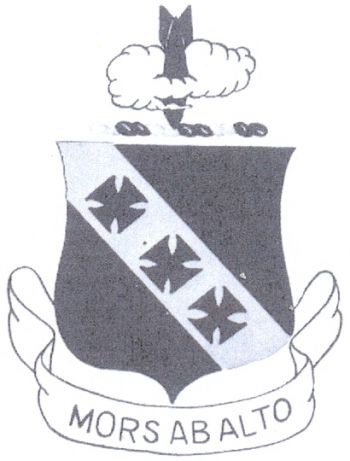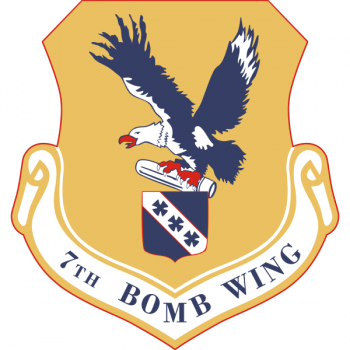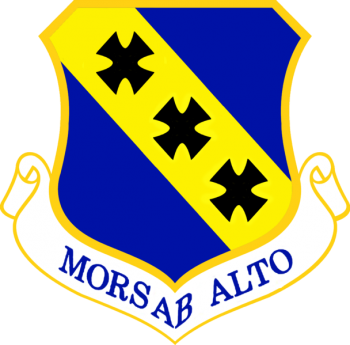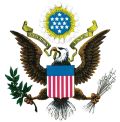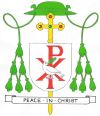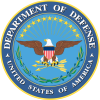7th Bombardment Wing, US Air Force
7TH BOMBARDMENT WING, US AIR FORCE
History: Established as 7 Bombardment Wing, Very Heavy on 3 November 1947. Organized on 17 November 1947. Redesignated: 7 Bombardment Wing, Heavy on 1 August 1948; 7 Wing on 1 September 1991; 7 Bomb Wing on 1 June 1992: 7 Wing on 1 October 1993; 7 Bomb Wing on 1 April 1997. Trained with B-29s in global bombardment operations, November 1947-December 1948. Began converting to B-36 bombers in June 1948. Controlled two B-36 groups, December 1948-February 1951, and three B-36 squadrons, February 1951-May 1958. Flight-tested XC-99 in June 1949 and evaluated RB-36 in 1950. Deployed at Nouasseur AB, French Morocco, 10 July-13 September 1955. Had an attached B-52 squadron, 1-10 December 1957, and converted to B-52 bombers and KC-135 tankers, May-June 1958. Trained in global strategic bombardment and air refueling operations. Beginning 13 April 1965, the wing deployed its forces to the Pacific area to support SAC combat operations in Southeast Asia. All wing bombers and tankers, along with aircrews and some support personnel, deployed in April-May 1965. In the United States, the wing gained the assets of a second B-52 squadron from another wing in June 1965, giving it a bomber capability again. All B-52 resources deployed to the Pacific area by 1 August 1965, along with most of the wing’s remaining support personnel, leaving the 7 Wing as a small non-flying cadre to operate Carswell AFB, TX. Wing headquarters remained non-operational to c. 1 December 1965, when B-52/KC-135 resources began returning. The wing continued to support SAC operations in Southeast Asia through the remainder of the conflict and into 1975, but on a reduced scale except for the period c. 1 September 1969-c. 28 March 1970, when most wing resources were required overseas, and only a small cadre remained at home. In addition to its other activities the wing conducted B-52D consolidated training for SAC, 1 May 1972-c. 15 December 1972 and 5 January-15 December 1973. By mid-1973 most wing KC-135 resources had redeployed, and most B-52 resources returned by January 1974. The wing resumed nuclear alert status on 3 Jan 1974. From 4 Dec 1973 to May 1975, the wing conducted B-52D replacement training, and from Jan 1974 also conducted B-52D combat crew training, i.e., providing B-52 flight training to novice crews. Beginning in June 1974 the wing also conducted B-52 and KC-135 Central Flight Instructors’ courses. Participated in numerous USAF and NATO exercises worldwide. Used B-52s for ocean surveillance and ship identification in joint naval operations. Wing KC-135 aerial refuelers supported tanker task forces worldwide. In October-November 1983, the wing supported the invasion of Grenada with aerial refueling. Also in 1983, B-52 crews began training with a new weapon system, the SRAM (Short Range Attack Missile) and later, in 1985, the ALCM (Air Launched Cruise Missile). Flew numerous atmospheric sampling missions, 1986-1987, in response to the Chernobyl (Russia) nuclear reactor accident. Deployed air refueling personnel and equipment to provisional wings in Southwest Asia, Aug 1990-Feb 1992. The wing hosted the first Soviet START (Strategic Arms Reduction Treaty) exhibition inspection team in Sep 1991. Began preparations for base closure at Carswell AFB in January 1992. Released of all operational capabilities on 1 January 1993. Closed Carswell AFB on 30 September 1993 and moved to Dyess AFB, TX, without personnel or equipment, on 1 October 1993. Equipped with B-1B and C-130 aircraft, the 7 Wing regained its combat and worldwide tactical airlift missions. In 1997, assumed responsibility for all B-1B initial qualification and instructor upgrade training for Air Combat Command. Since 2000, provided bombing, airlift support, training and combat support to combatant commanders. Reassigned from Air Combat Command to Air Force Global Strike Command on 1 October 2015.
| (Historical - 7th Bombardment Group) |
(Modern 1) |
(Modern 2) |
| English | blazon wanted |
Origin/meaning
Approved 30 January 1933 for Group and on 15 June 1994 for Wing.
Literature:Images from Air Force Combat Units of World War II and Wikimedia Commons. Information from https://www.afhra.af.mil/
US heraldry portal
This page is part of the US heraldry portal |
Heraldry of the World |
|
US heraldry:
|
Ecclesiastical Heraldry of the USA:
Military Heraldry: |
Contact and Support
Partners:
Your logo here ?
Contact us
© since 1995, Heraldry of the World, Ralf Hartemink 
Index of the site
